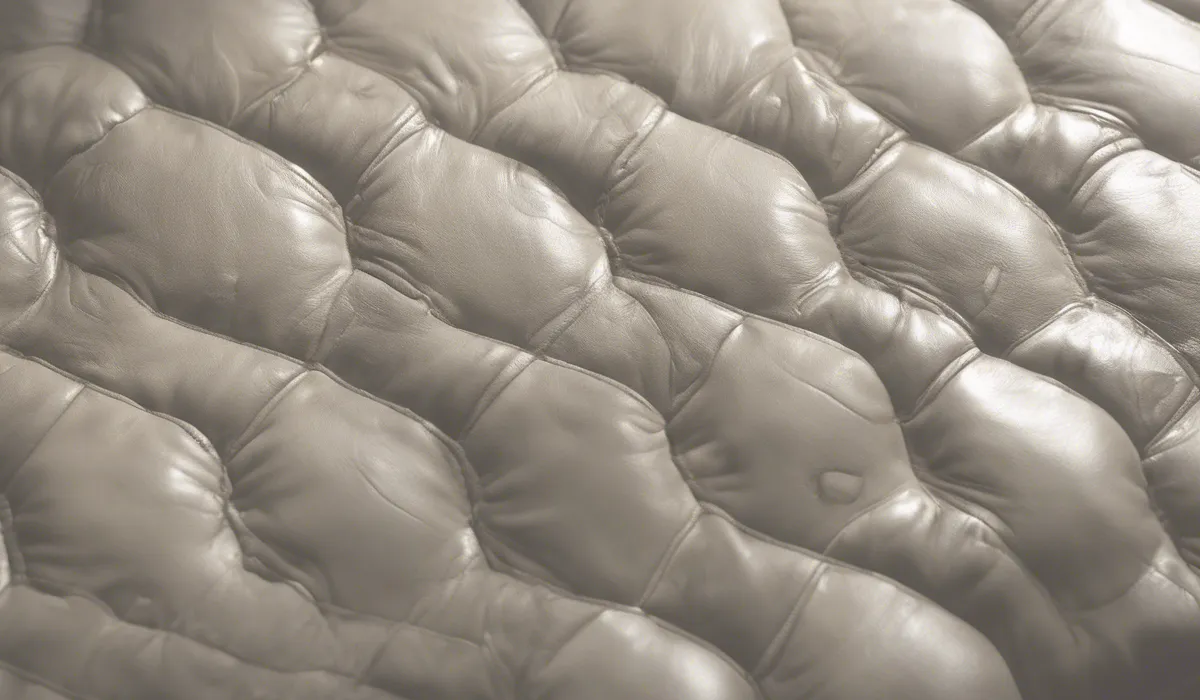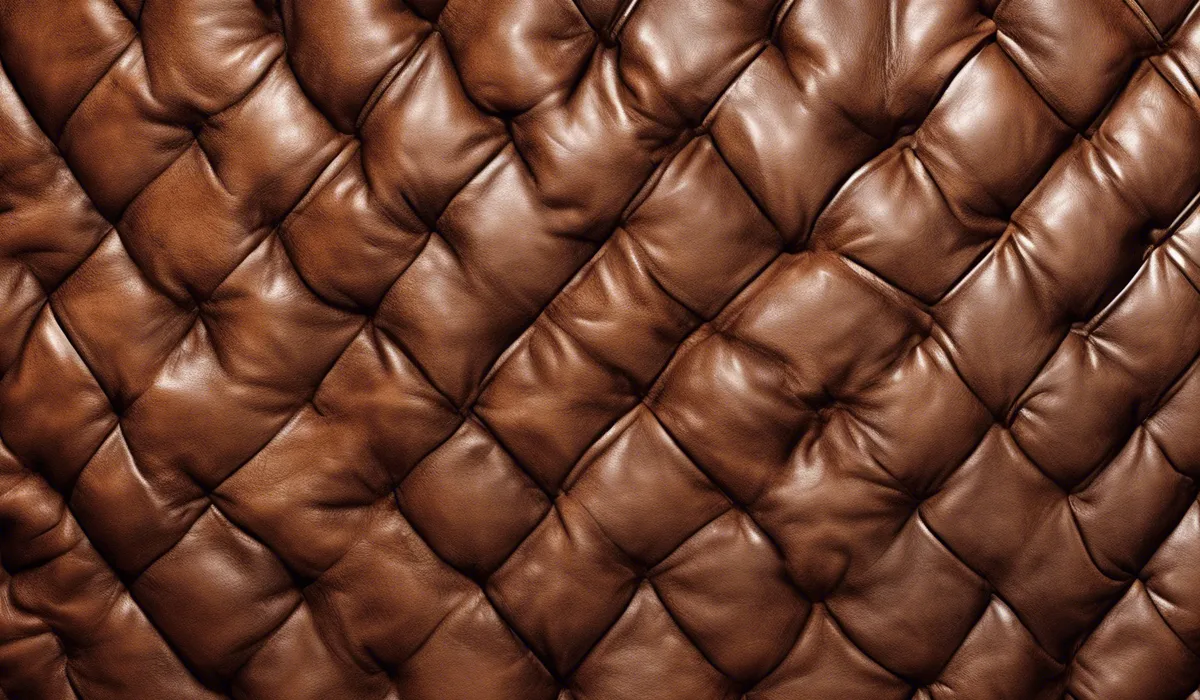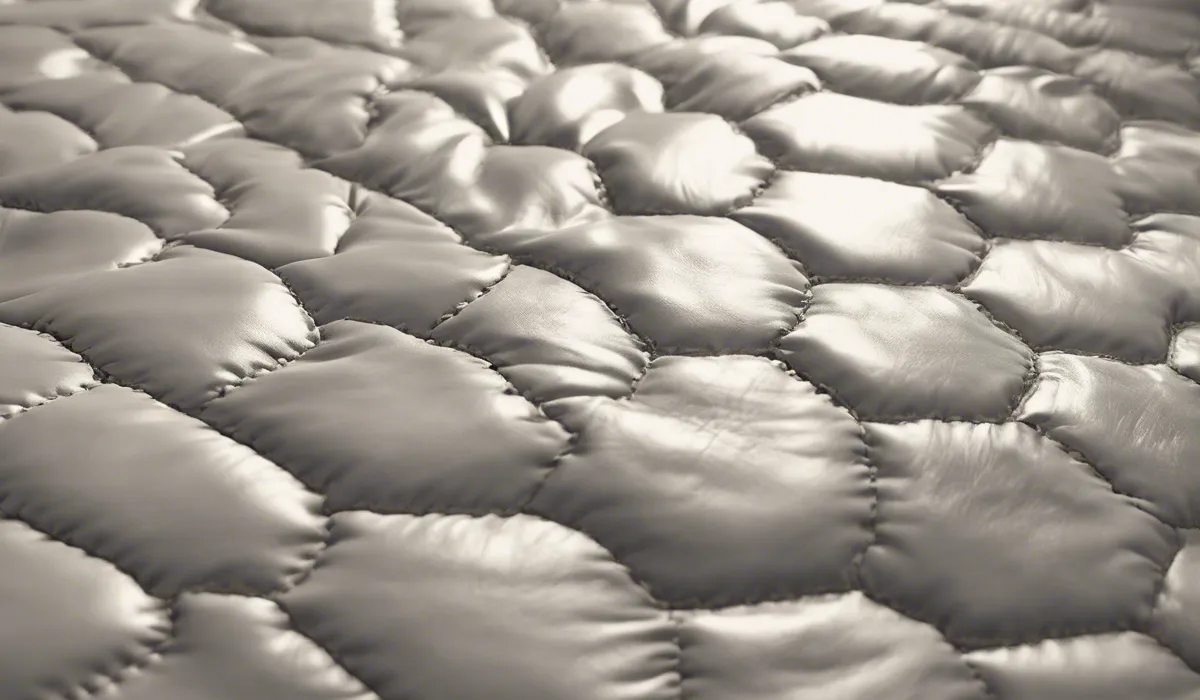Direct sunlight can help to kill mold on leather by drying it out and reducing moisture, which mold needs to thrive.
However, prolonged exposure may damage the leather. It’s best to combine sunlight with proper cleaning methods for effective mold removal.
The Effectiveness of Sunlight in Killing Mold on Leather

Understanding Ultraviolet Light and Mold Spores
Sunlight carries ultraviolet (UV) light, which has properties that can affect living organisms, including mold spores.
UV light has the ability to break down the DNA in mold spores, leading to their death. This natural disinfectant is one reason why mold struggles to grow in bright, sunny environments.
The Antimicrobial Power of Sunlight
Sunlight does not just physically brighten our surroundings; it also has antimicrobial properties that can help in the fight against mold.
The science behind this lies in the spectrum of sunlight that reaches the earth, which includes UV light known for its germicidal abilities.
These rays can disrupt the reproduction process of microbes and even lead to their eventual destruction.
Impact of Exposure Time on Mold Eradication
The amount of time leather is exposed to sunlight directly influences the effectiveness of mold eradication.
A brief period may not be sufficient to completely kill the mold, whereas an adequate amount of time can yield better results.
However, it’s crucial to balance the exposure to prevent potential damage to the leather material.
When Sunlight Alone Is Insufficient
There are situations where sunlight may not be enough to kill mold on leather. If the leather is thick, the UV light might not penetrate deeply enough to reach all the mold spores.
Additionally, if the ambient humidity is high, it could counteract the drying effects of sunlight, allowing mold to persist.
Best Practices for Using Sunlight to Treat Mold on Leather Goods

Cleaning Leather Before Sun Treatment
Before placing leather goods in sunlight, it’s essential to clean them. This removes any surface mold and dirt, allowing the UV rays to work more effectively.
Use a soft brush and a gentle cleaner designed for leather to avoid damaging the material.
Optimal Sunlight Treatment Conditions
The best time to treat leather goods with sunlight is during midday when the sun is at its peak. This is when UV radiation is strongest.
The duration should be monitored; typically, a few hours of exposure can suffice. Weather conditions also play a role; a clear, sunny day is ideal for treating mold on leather.
Techniques for Even Sun Exposure
To ensure that all parts of the leather item receive equal sunlight, periodically rotate and flip the item.
This helps prevent mold from surviving in shaded areas and promotes an even drying process, which is vital for effective mold removal.
Monitoring to Prevent Overexposure
While treating leather with sunlight, it’s important to monitor the item to prevent damage from overexposure.
Leather can become discolored or cracked if left in the sun for too long. Check the leather periodically and remove it from the sun once the mold appears to be gone.
Alternative Mold Remediation Methods for Leather

Comparing Sunlight to Other Mold Removal Strategies
Sunlight is a natural method for removing mold, but it’s not the only option. Comparing its effectiveness with other methods can help you choose the best approach for your leather goods.
Some methods may be more aggressive or involve chemicals, which can be effective but might also pose a risk to the material if not used properly.
Chemical Treatments: Pros and Cons
Chemical treatments for mold removal can be potent and often provide a quick solution. However, they can also be harsh on leather, potentially causing damage if not used correctly.
Always follow the manufacturer’s instructions and test the product on a small area first.
Natural Remedies for Mold on Leather
Natural remedies, such as vinegar or tea tree oil, can also be effective in treating mold on leather.
They are less likely to harm the material and are environmentally friendly. However, they might not always be as powerful as chemical solutions and may require repeated applications.
Professional Mold Removal and Leather Care
If the mold infestation is severe or if you are dealing with valuable leather goods, it may be best to seek professional services.
Experts in leather care and mold removal have the tools and knowledge to safely and effectively treat the problem.
Preventive Measures to Keep Leather Mold-Free
Prevention is always better than cure. To keep leather mold-free, maintain a dry, well-ventilated environment for your leather goods.
Use dehumidifiers if necessary, and regularly clean and condition the leather to protect it from mold growth.
FAQs About Sunlight Killing Mold on Leather
Can sunlight effectively kill mold on leather items?
Yes, direct sunlight can help to kill mold on leather by drying out the moisture that mold requires to grow. However, it should be used in moderation to prevent leather damage.
How long should leather be exposed to sunlight for mold removal?
Leather should be exposed to sunlight for a short period, typically a few hours, as prolonged exposure can lead to leather damage.
Is sunlight alone enough to remove mold from leather?
No, sunlight alone may not be enough to remove all mold from leather. It is best used in combination with proper cleaning methods for effective mold removal.
What are the risks of using sunlight to kill mold on leather?
Prolonged sunlight exposure can cause leather to fade, dry out, and crack, potentially damaging the material.
What should be done after exposing leather to sunlight for mold treatment?
After exposing leather to sunlight, it should be cleaned with a mild detergent or leather cleaner and conditioned to restore moisture and protect the material.
Final Thoughts
Direct sunlight can be an ally in combating mold on leather by promoting drying and reducing moisture.
However, caution is advised as too much sun can harm the material. For optimal mold eradication, it’s advisable to use sunlight judiciously alongside thorough cleaning methods.
